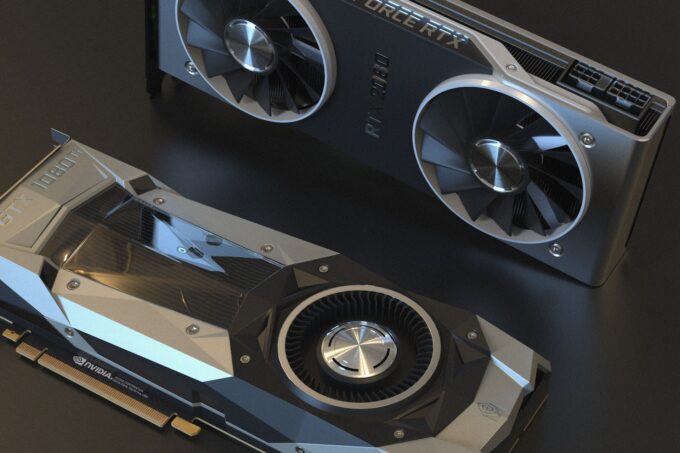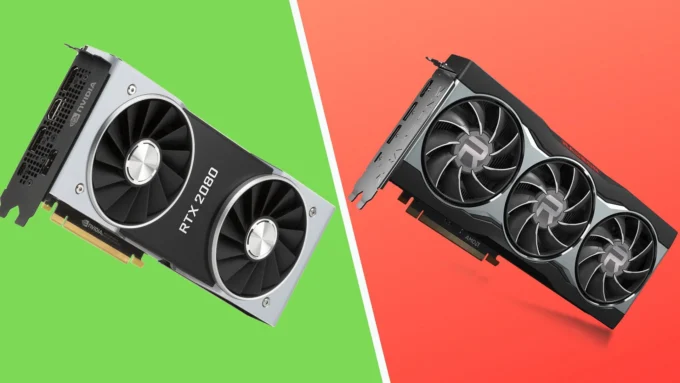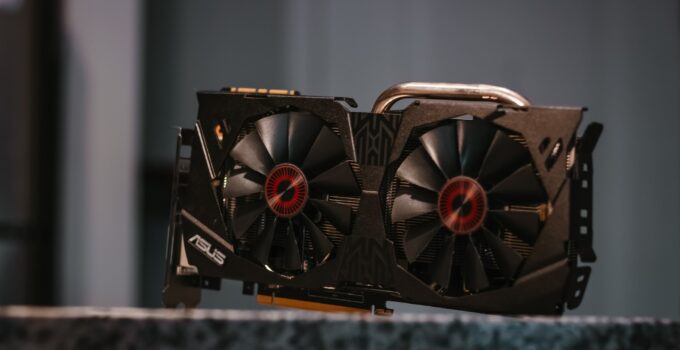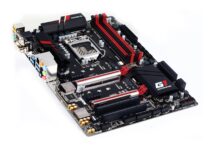There’s no denying that consumer tech has become an integral part of the modern lifestyle. Every task that can be automated by tech – has already been automated. Tech blogs like emisferotech are no longer a niche thing – we all want to keep abreast of the latest and the best. Speaking of the most valuable tech – a PC is an absolute multimedia must-have for work and entertainment, and the core of any PC is a graphics card, powering demanding programs and cutting-edge video games. So how does one pick the best one? Let’s find out!
The Purpose

Source: unsplash.com
First of all, you have to determine what tasks you plan to perform. You can spend thousands of bucks on an expensive rig, but if you need it just for surfing the web – you’ll be using <10% of your PC potential. Think about the most demanding thing you will do to avoid overpaying for unnecessary power. It can be playing one of the modern video games or running heavy working apps. For example, video processing and rendering, design applications, as well as some types of engineering programs such as AutoCAD. For such tasks, there are special professional models. Nvidia’s professional graphics cards are represented by the RTX A-line, and AMD’s is the Radeon Pro.
GPU Manufacturers
Historically, there are two main graphics processing unit manufacturers – Nvidia and AMD. In 2025, Intel stepped into the GPUs industry, but its products are currently at a lower tier.
Nvidia’s GPUs are known for their best-in-class ray-tracing performance. It’s a technology that simulates real-world light rays and shadows, making visual worlds almost life-like. Also, Nvidia provides the most powerful high-end GPUs whose price matches their high performance.
AMD aims for the best value, offering decent products for less money. If you don’t plan to make the most of your PC for gaming purposes, AMD might be a better, cheaper option.
It’s worth mentioning that Nvidia and AMD are the designers of graphics cards. They are responsible for the GPU’s basic design. Video cards released by Nvidia and AMD are called references and serve as serial working samples of the devices.
Mass production of graphics cards is accomplished by third-party companies such as ASUS, Gigabyte, Palit, Zotac, and others. Each manufacturer doesn’t copy the reference design but releases several proprietary models that differ in board layout, cooling system, GPU, and memory frequencies.
Is Nvidia or AMD better?

Source: sportskeeda.com
There’s no one-size-fits-all answer to this question, as the best graphics card for your needs will vary depending on your specific computer setup. However, if you’re looking for general guidance on choosing the right graphics card, Nvidia is usually considered to be better than AMD.
Nvidia’s more recent cards are typically faster and more powerful than AMD’s models, and they also tend to support more advanced gaming features such as VR compatibility and streamlining of game streaming. On the other hand, AMD cards offer cheaper options that can still perform well in most cases. Ultimately, it depends on your specific needs and preferences which company’s cards are best suited for you.
GPU Models
GPUs have model names so buyers can easily distinguish what performance class they are looking at. For example, let’s take the Nvidia GeForce RTX 3070 Ti. This model name is easy to google for detailed specs and can be used for checking various YouTube comparisons.
In Nvidia GPUs names, the first two digits indicate the generation to which it belongs, and the next two show the specific submodel within the generation. For example, the RTX 3070 Ti: 30 means the processor of the RTX 30XX generation, while 70 means it’s a mid-tier productive model. The prefix Ti denotes a boosted version. For example, the RTX 3060 Ti is faster than the RTX 3060 but slower than the RTX 3070. Older graphics cards used a different classification.
For AMD, the first number is the generation. The remaining three are the submodel within the generation. The prefix XT is used similarly in meaning to the Ti prefix from Nvidia.
The higher the submodel number – the more productive the card is. So, the price is higher as well.
Is RTX better than GTX?

Source: digitaltrends.com
First of all, it’s important to understand exactly what you’re looking for in a graphics card. Are you mostly concerned with frame rates or are you more interested in graphical quality? There are different types of graphics cards designed for different uses, so it’s important to figure out which one is best for you before buying one.
If you mainly care about frame rates, then a regular GTX card will be fine. They offer slightly lower performance than RTX cards, but they still handle most modern games well. If you want to invest in an RTX card, though, there are a few things to consider first.
For one thing, RTX cards tend to require more power than regular GTX cards. They also have a higher price tag – although that may be justified given their increased performance. But if power consumption or price are major concerns for you, then an RTX card may not be the best option.
Another thing to consider is graphics quality. RTX cards offer a noticeable improvement over regular GTX cards in this area, but they’re not perfect. Some scenes may look slightly more realistic, but others may look slightly worse. It all depends on your individual preferences.
Ultimately, the decision of whether or not to buy an RTX card comes down to your own priorities. If you care mainly about graphical quality and don’t mind spending a bit more money, then an RTX card is definitely worth considering. But if power consumption or price are major concerns for you, then regular GTX cards will likely be just as good – if not better – options.
The Choice
Each video game has specific GPU requirements, so it’s impossible to find a universal card that fits all games’ requirements perfectly. Nevertheless, some cards cope with not all but most tasks within a category. So, what card is the best value for each purpose? Let’s take a look at a few most common use cases:
- Basic PC usage – Nvidia GTX 1650 with its low power consumption.
- Gaming at 1080p – something between Nvidia RTX 3050 and RTX 3060Ti, depending on the game. Alternative – AMD Radeon RX 6600 XT.
- Gaming at 1440p – Nvidia RTX 3070 Or AMD Radeon RX 6700 XT.
- Gaming at 2160p (4K) – Nvidia RTX 3080 or AMD Radeon RX 6800 XT.
- Working station – Nvidia RTX 3090 / RTX 3090 Ti.
- Absolute GPU beast – freshly-released Nvidia RTX 4090 with a $1600+ price tag.







